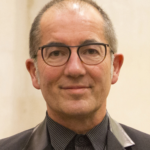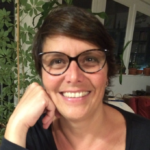Link to Pubmed [PMID] – 38631441
Link to HAL – pasteur-05003086
Link to DOI – 10.1016/j.bbamcr.2024.119730
Biochimica et Biophysica Acta - Molecular Cell Research, 2024, 1871 (5), pp.119730. ⟨10.1016/j.bbamcr.2024.119730⟩
[Fe -S] clusters are co-factors that are essential for life and are synthesized by dedicated multiprotein cellular machineries. In this review, we present the current scenario for the emergence and the diversification of the [Fe -S] cluster biosynthesis machineries. In addition to well-known NIF, ISC and SUF machineries, two alternative minimal systems, SMS, and MIS, were recently identified. Taxonomic distribution and phylogeny analyses indicate that SMS and MIS were present in the Last Universal Common Ancestor (LUCA), well before the increase of oxygen on Earth. ISC, SUF and NIF systems emerged later in the history of life. The possible reasons for the emergence and diversification of these machineries are discussed.


